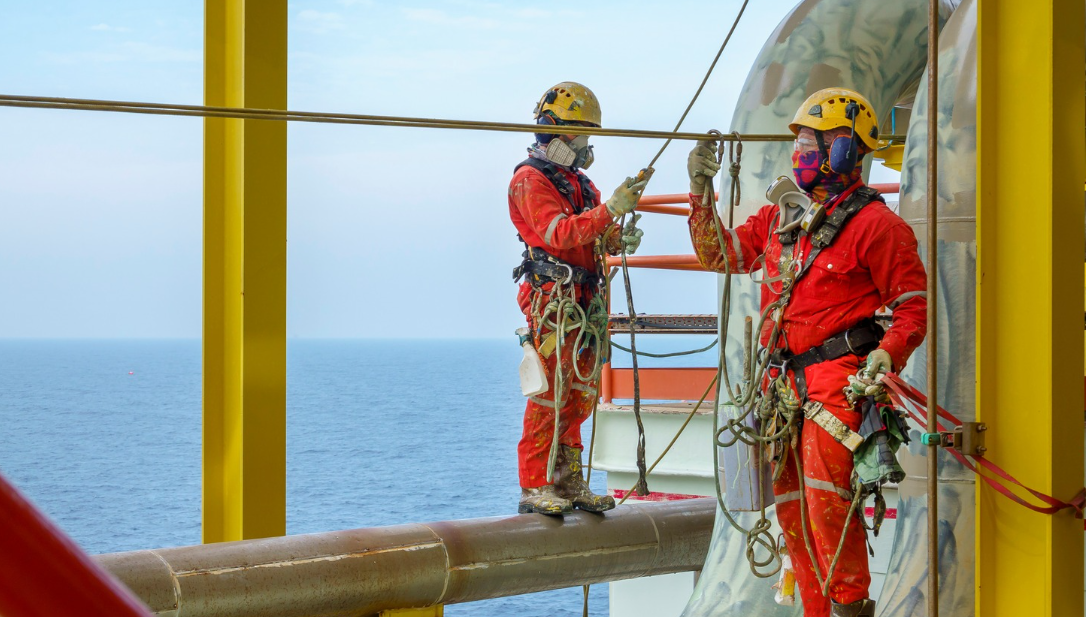Building high-performing teams for success in a complex oil and gas offshore megaproject
The impact of collaboration and strong leadership in driving project execution



The impact of collaboration and strong leadership in driving project execution
A deep-water oil field development offshore of the coast of Louisiana required the successful integration of a semi-submersible floating production unit (FPU) with a topside module and a floating hull. Co-owned by two leading global energy companies, this megaproject presented unique challenges due to its scale, the complexity of cross-company collaboration, and the need for stakeholder alignment.
One of the co-owning companies, holding a minority stake, had limited decision-making authority but sought to effectively influence its joint venture partner. Key challenges included:
JMJ deployed a structured approach to enhance leadership effectiveness, stakeholder engagement, and team collaboration while creating a culture of open communication and continuous improvement. Key initiatives included:
Project surveys and interviews revealed significant improvements in team cohesion, communication, and overall job satisfaction. Satisfaction ratings increased across all nine survey categories, with the secondee section showing the most notable progress over six months. Participants reported a stronger sense of purpose, better alignment with project objectives, and greater support from leadership. ross-company collaboration improved, reducing friction in decision-making and resource allocation. Strengthened risk management and stakeholder engagement created a more resilient and efficient project environment. According to the project director, the team’s high-performance attributes, developed through strategic workshops and initiatives, were instrumental in achieving first oil. Cross-company collaboration improved, reducing friction in decision-making and resource allocation. Strengthened risk management and stakeholder engagement created a more resilient and efficient project environment. According to the project director, the team’s high-performance attributes, developed through strategic workshops and initiatives, were instrumental in achieving first oil.
The project’s impact extends beyond its initial objectives. Applying lessons from a previous platform (used as the design basis) the team applied a “design one, build many” approach. This enabled them to replicate and streamline engineering processes, resulting in a 15-month reduction in hull engineering time and a 20% decrease in topsides engineering time, optimizing procurement. The approach set a new benchmark for efficient offshore operations.